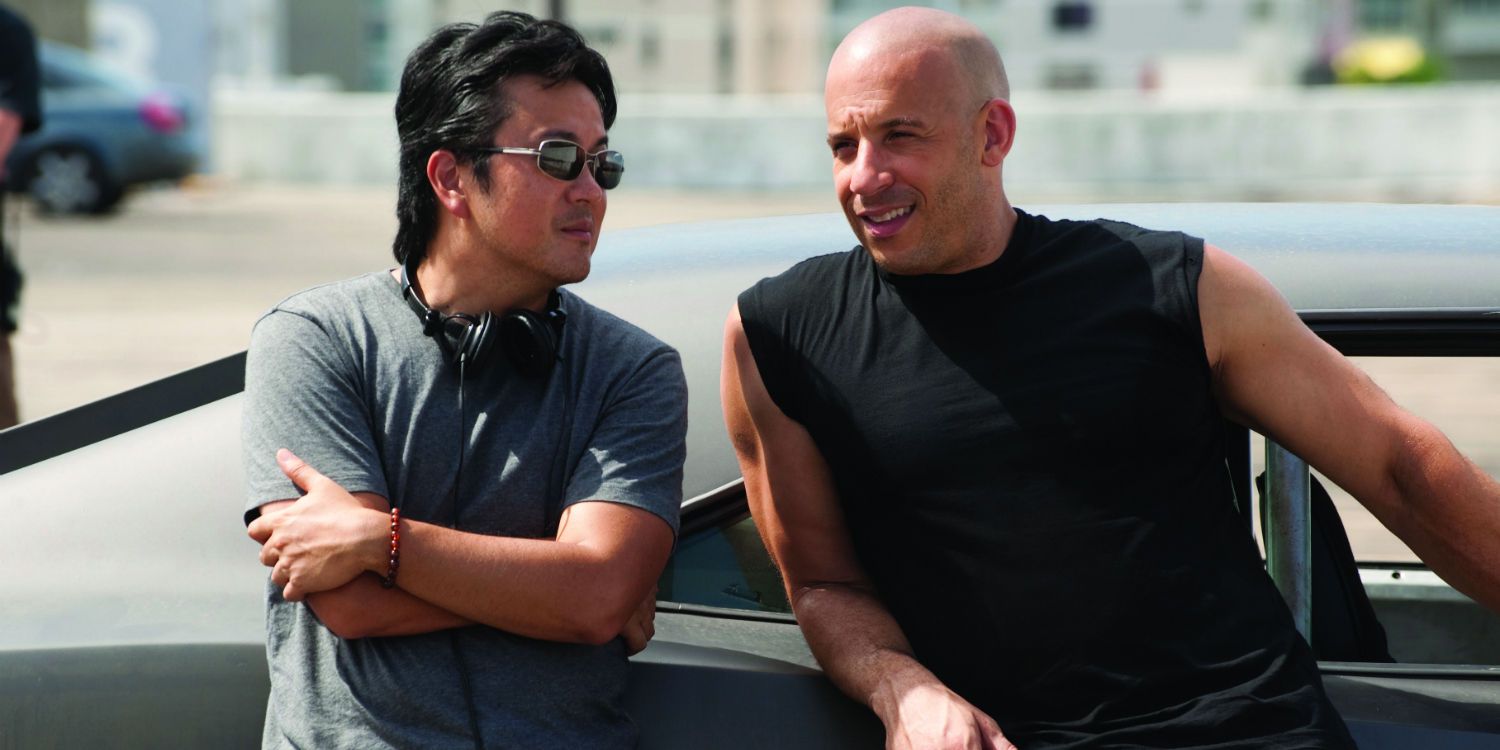The characters featured in the Fast & Furious franchise don’t shy away from breaking the law, and the same can be said about the crew of 2006’s The Fast and the Furious: Tokyo Drift. The movie, directed by Justin Lin, served as the third installment of the series but was actually set between Fast & Furious 6 and Furious 7. Rather than focus on Dominic Toretto (Vin Diesel) or Brian O’Conner (Paul Walker), the plot shifted across the globe to follow Tokyo’s illegal drifting community.
After totaling his car in a risky street race, teenager Sean Boswell (Lucas Black) got sent to live with his father in Japan to avoid serious punishment. While in his new surroundings, he found himself thrust into the world of drift racing where he met Han Lue (Sung Kang). His new friend served as a mentor but was also involved with Takashi (Brian Tee), the renowned “Drift King” and a man with connections to the Yakuza. Takashi quickly became Sean’s enemy, motivating the latter to prove himself in the new city he called home.
When Tokyo Drift was still in development, Lin wanted to film in Tokyo to get the authentic look and feel of the city. More specifically, the director had his sights set on Shibuya, one of the most crowded locations in Tokyo. The thought was to have a sequence featuring a group of racers drifting through the cross-section. Getting a film permit is difficult in Tokyo, especially when it comes to foreigners. Lin had been outspoken about this fact, but he took the risk and went through with filming without the appropriate permission. The decision resulted in an arrest but the studio, Universal Pictures, was prepared for the situation.
Universal Protected Justin Lin When He Broke The Law During Tokyo Drift
The studio was well aware of the difficulty in acquiring film permits in Japan; in fact, most movies set in the city are shot at other locations and reproduced to look like Tokyo. Ever since the James Bond 1967 film, You Only Live Twice, laws and regulations have become more strict. The process is expensive and frustrating, so Tokyo-set movies are rarely authentic. Some directors went to great lengths to shoot on-location, like the case with Sofia Coppola negotiating heavily to film 2003’s Lost in Translation. Lin, however, was still a newcomer at the time, so he took the risk. Universal then hired a “fall guy” who remained on set if trouble arose. Shortly after shooting in Shibuya, the crew was kicked out of the area by law enforcement. When the police attempted to arrest the director, the fall guy claimed that he was Lin and spent a night in jail.
Lin managed to get some footage, but the majority of the Shibuya sequence was created through special effects. As for the rest of Tokyo Drift, the majority of the movie was filmed across California, specifically Los Angeles. Lin stayed out of trouble and had a good enough experience to return for three more sequels. The filmmaker is also at the helm of the next two installments, F9 and the untitled tenth film in The Fast Saga.













